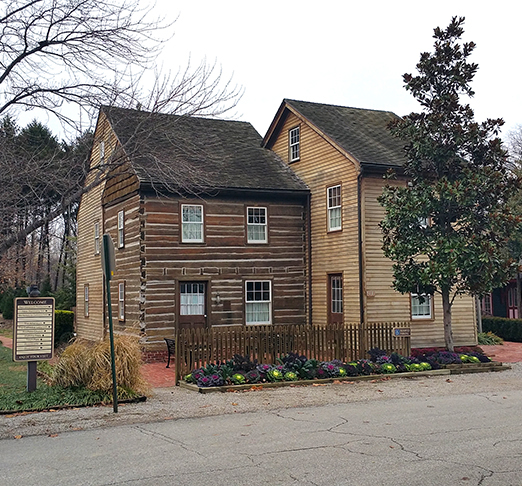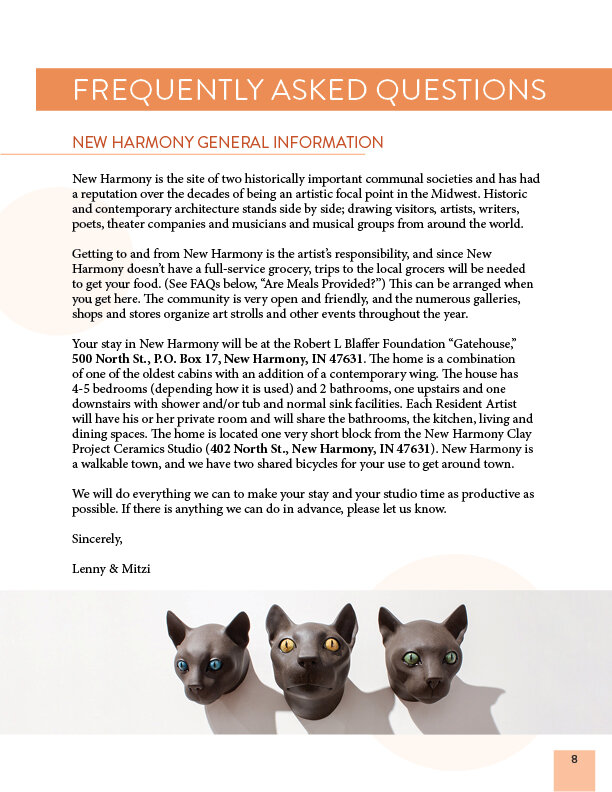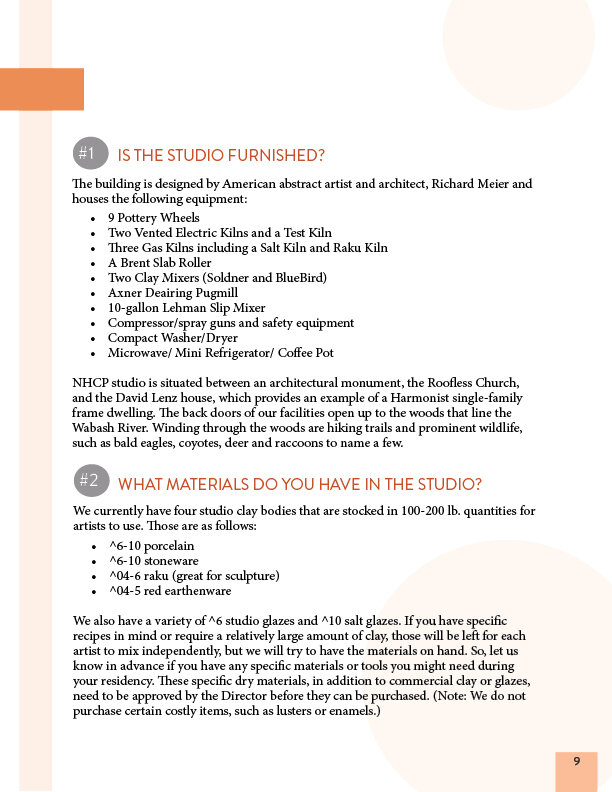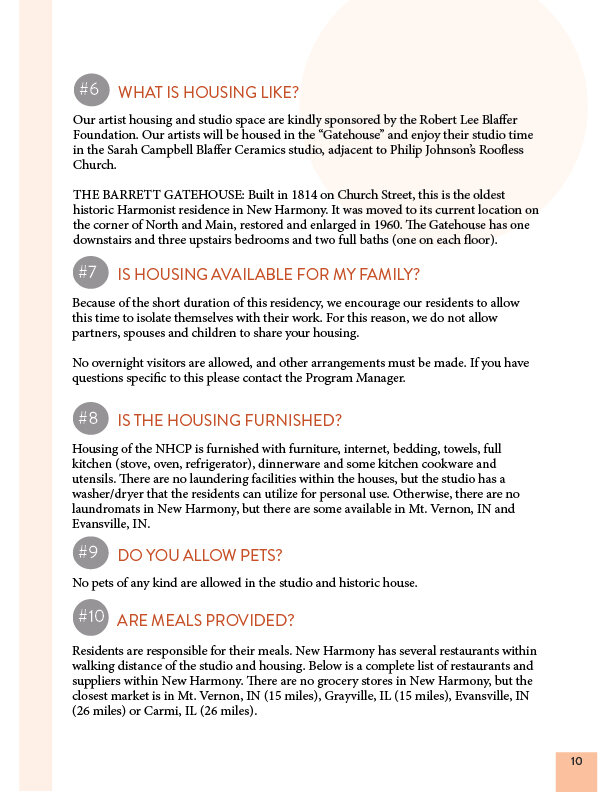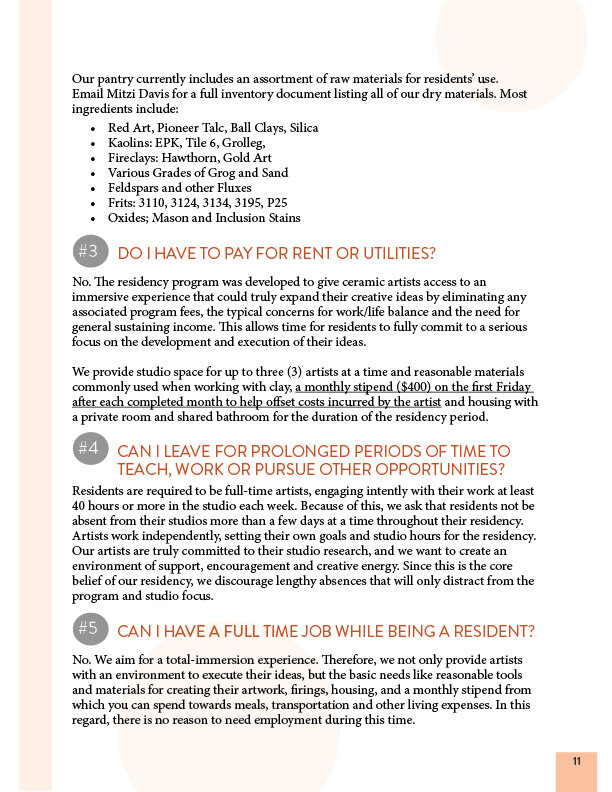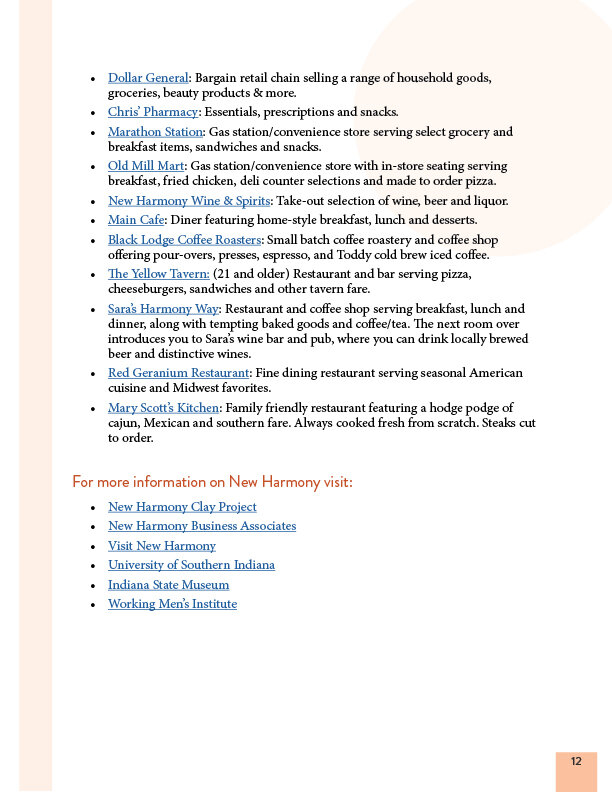Past, present, & future
Ms. Jane Blaffer Owen, the daughter of Robert Lee Blaffer and Sarah Campbell Blaffer, was a firm believer in the ceramic arts. “In the mid-1950s, to channel her philanthropic efforts and to honor her late father, she established the Robert Lee Blaffer Foundation. Grants from the Foundation were to be used to preserve and promote the town's historical and educational attributes.” The clay studio was constructed in 1985.
In 2015, the Blaffer Foundation requested proposals for programming that utilized the ceramics studio facilities. Lenny Dowhie, Professor Emeritus at University of Southern Indiana (USI), developed and proposed a residency program that gave ceramic artists access to an immersive experience that could truly expand their creative ideas by eliminating any associated program fees, the typical concerns for work/life balance and the need for general sustaining income. This allows time for residents to fully commit to a serious focus on the development and execution of their ideas. In addition to welcoming established artists, Dowhie’s idea was to give the opportunity to artists who may have not had the fortune of attending a well-recognized college or university for ceramics or may not have well-established connections within the ceramics community. His goal is to provide these artists with the chance to learn and develop a career as a successful studio artist.
NHCP stands in support of racial and social justice and is committed to working towards change for an impartial and equitable community. Our programs are a shared experience and as such, we offer each a unique opportunity to experiment, grow, and produce art. This structure succeeds because we demand that each participant respect one another’s space, ideas, and work. NHCP is dedicated to providing equal opportunities. We do not discriminate in any program, activity or employment on the basis of race, color, religion, gender, gender expression, age, national origin, disability, marital status, sexual orientation, or any other protected class. Under no circumstances will any form of discrimination, harassment, intimidation, or illegal activities be tolerated. We will take affirmative action measures against these actions. Failure to adhere to these simple rules and respect your fellow artist will be grounds for dismissal from the program.
WHAT WE PROVIDE
The residency program was developed to give ceramic artists access to an immersive experience that could truly expand their creative ideas by eliminating any associated program fees, the typical concerns for work/life balance and the need for general sustaining income. This allows time for residents to fully commit to a serious focus on the development and execution of their ideas.
Studio space for up to three (3) artists at a time and reasonable materials commonly used when working with clay.
Monthly stipend to help offset costs incurred by the artist(s).
Housing with a private room and shared bathroom for the duration of the residency period.
THE STUDIO
The facilities at the New Harmony Clay Project are sponsored by the Robert Lee Blaffer Foundation and dedicated to the philosophy and quest for quality of Sarah Campbell Blaffer, the wife of Robert Lee Blaffer. Sarah believed that the "creative crafts deserve the instruction, support and honor accorded the fine arts." The studio has an open door policy, which welcomes community residents, students from local universities or other visitors both informally and formally.
The building is designed by American abstract artist and architect, Richard Meier and houses the following equipment:
8 Pottery Wheels
Two Vented Digital Electric Kilns and Two Manual Test Kilns
Three Gas Kilns including a Salt Kiln and Raku Kiln
A Brent Slab Roller
Two Clay Mixers (Soldner and BlueBird)
Axner Deairing Pugmill
Air Compressor and Spray Guns
A 10-gallon Lehman Slip Mixer
General Tools and Safety Equipment
Stocked Chemical and Clay Mixing Rooms with an assortment of raw materials for residents use including Gold & Red Art clays, Kaolins, Fireclays, Feldspars, Frits, Oxides and normal glaze pantry items.
NHCP studio is situated between an architectural monument: the Roofless Church, and the David Lenz house, which provides an example of a Harmonist single-family frame dwelling. The back doors of our facilities open up to the woods that line the Wabash River. Winding through the woods are hiking trails and prominent wildlife, such as bald eagles, coyotes, deer, and raccoons to name a few. (Click images below to enlarge.)
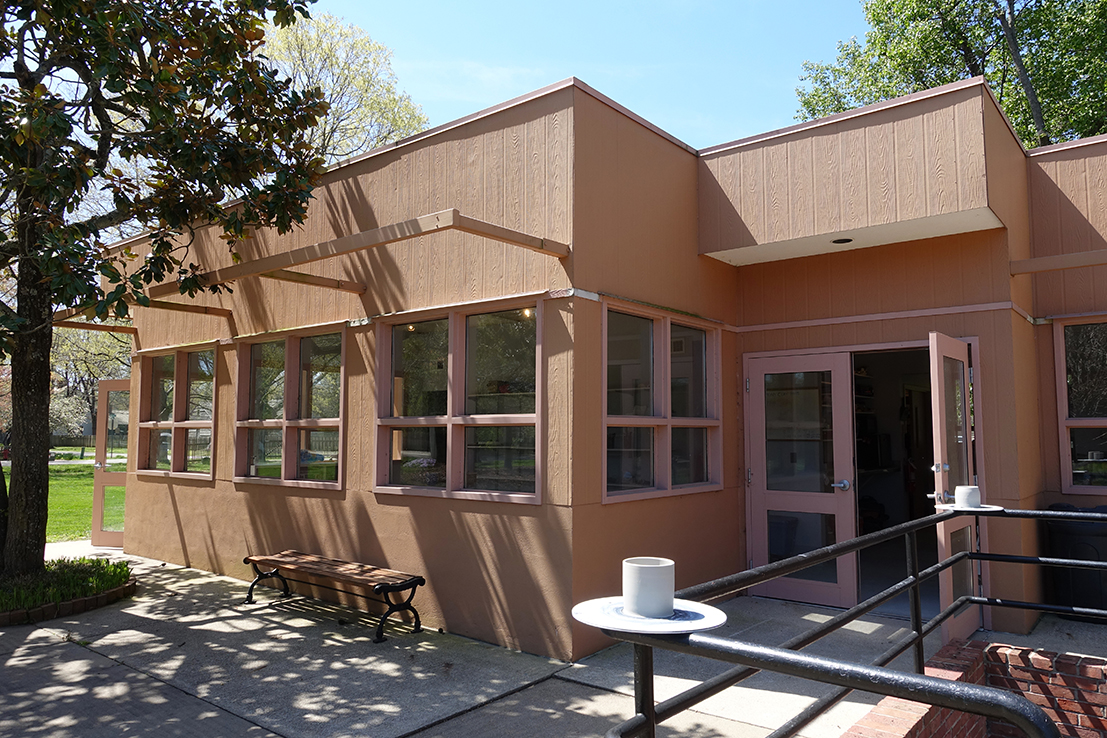
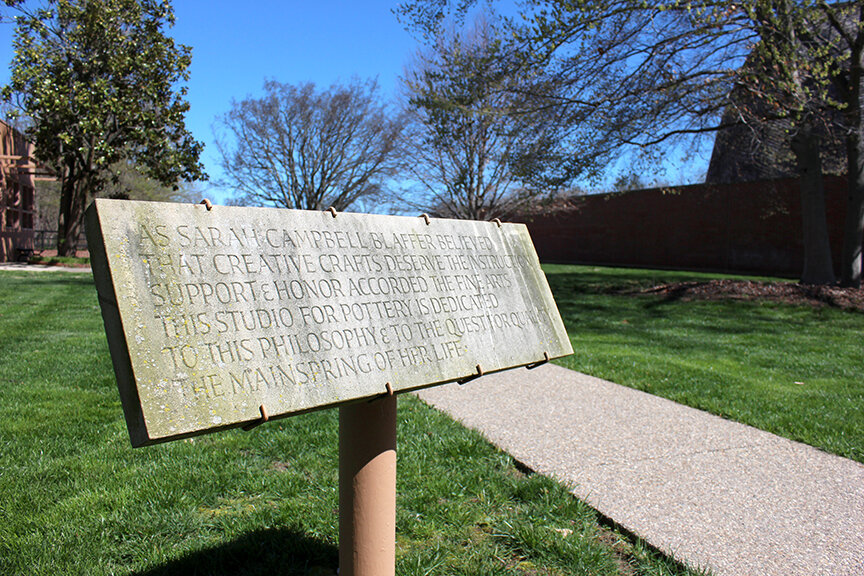
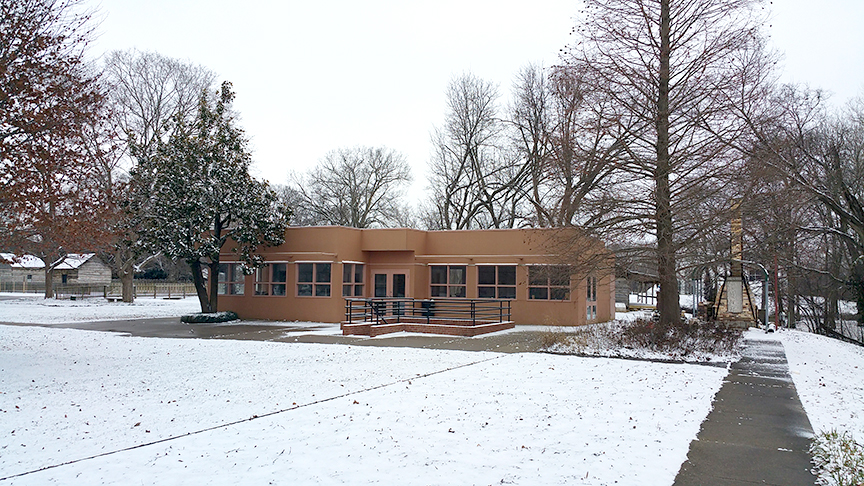

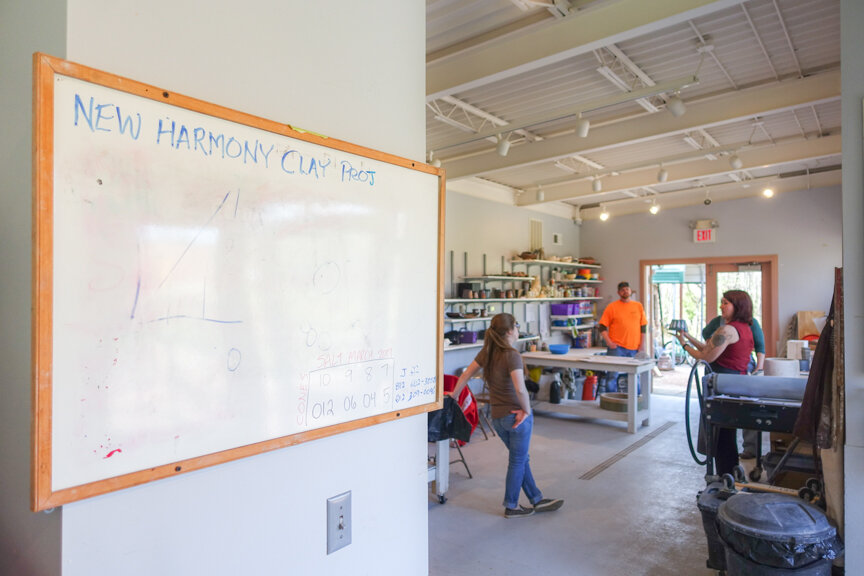
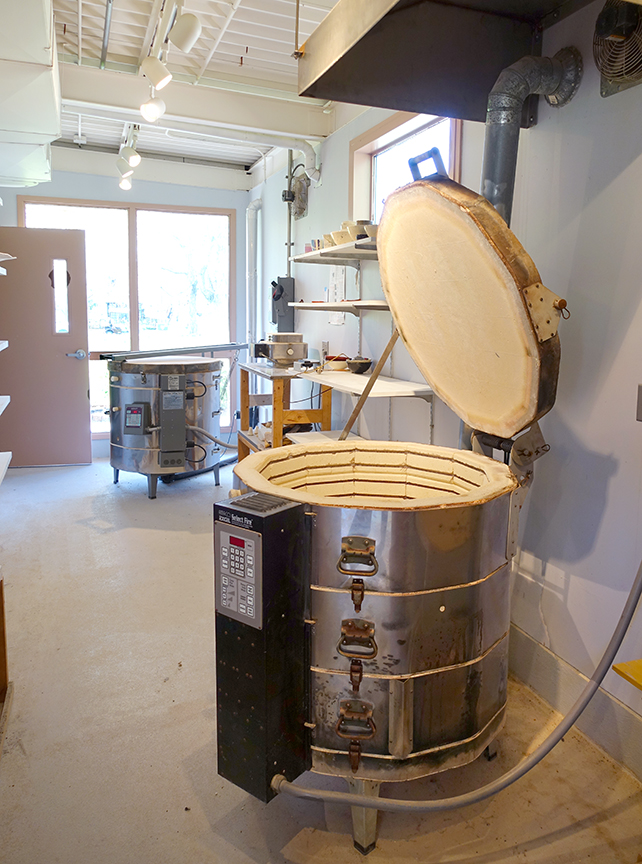
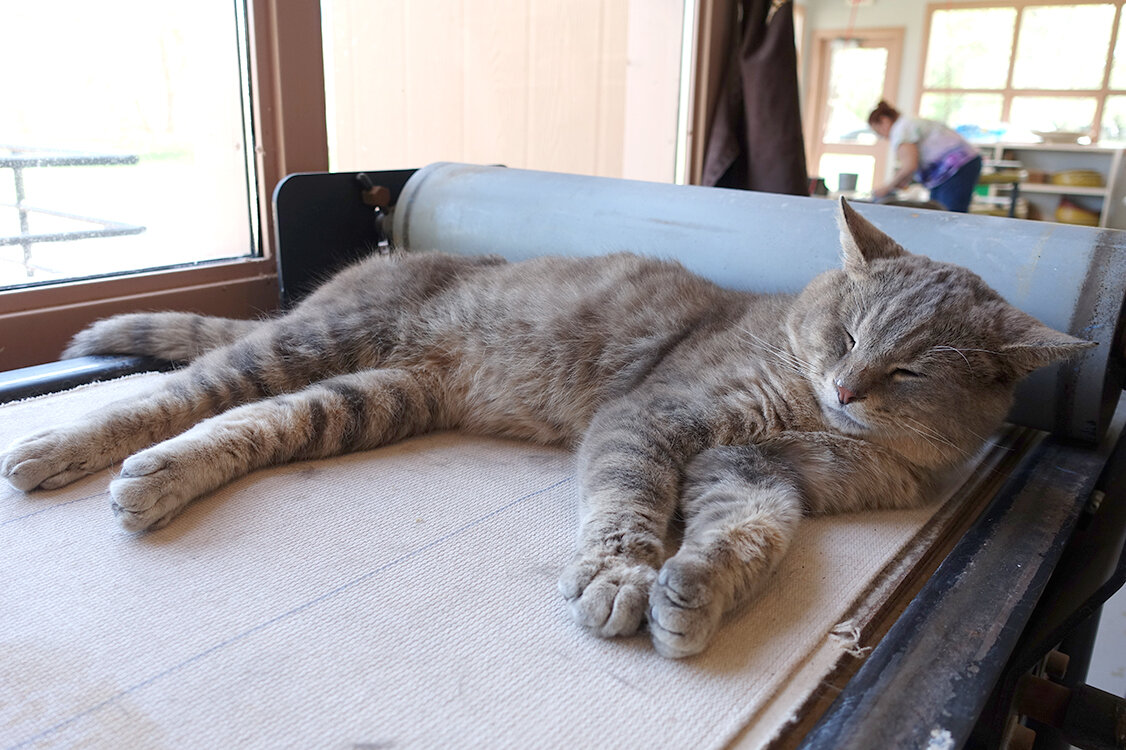
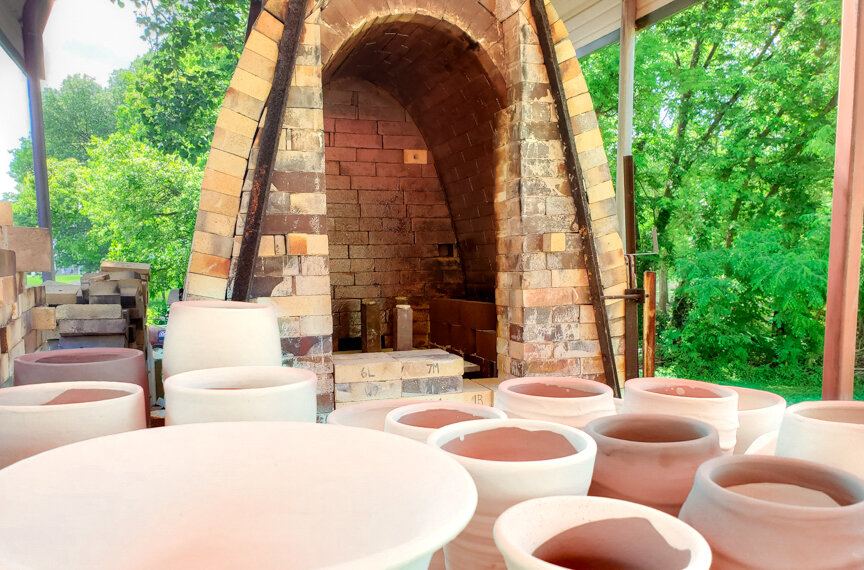
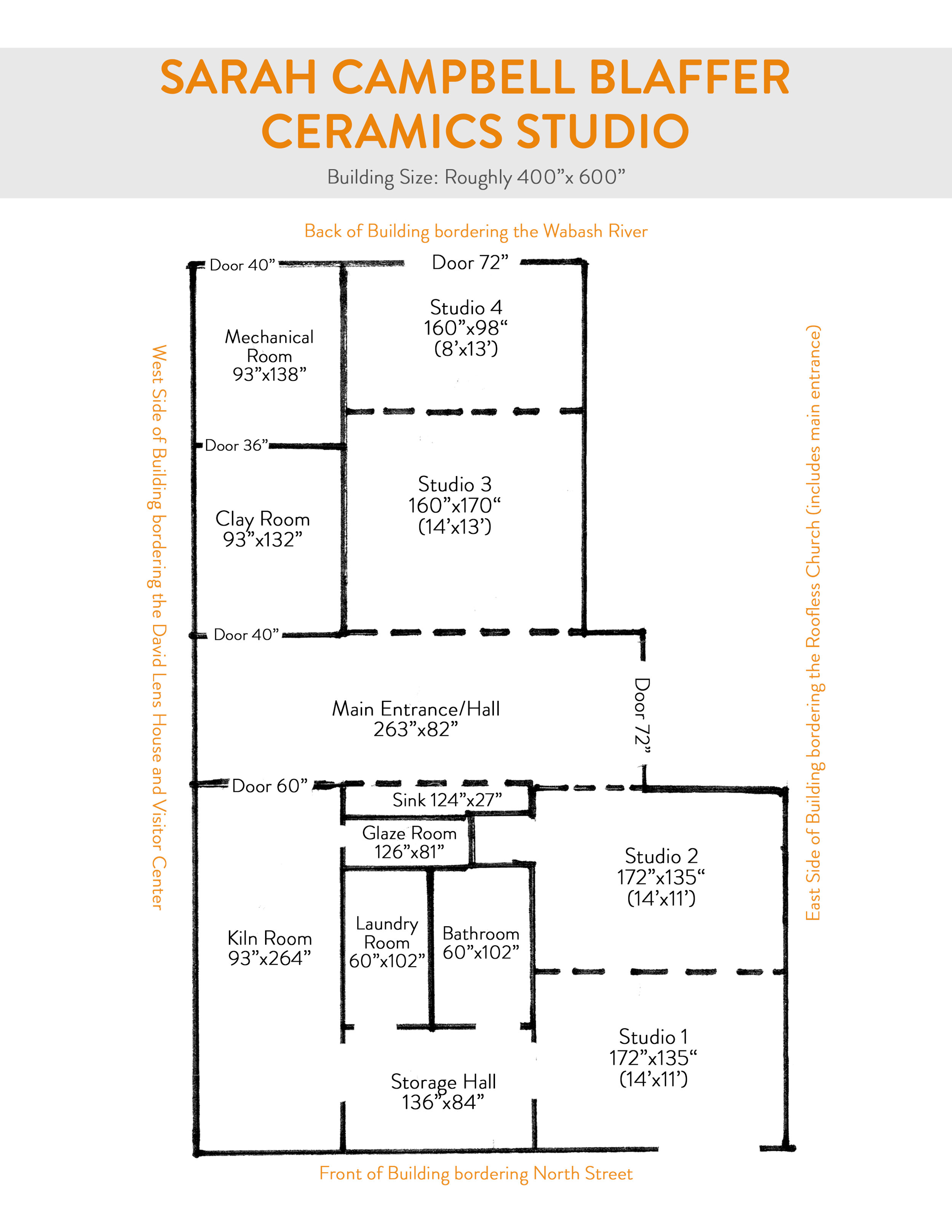
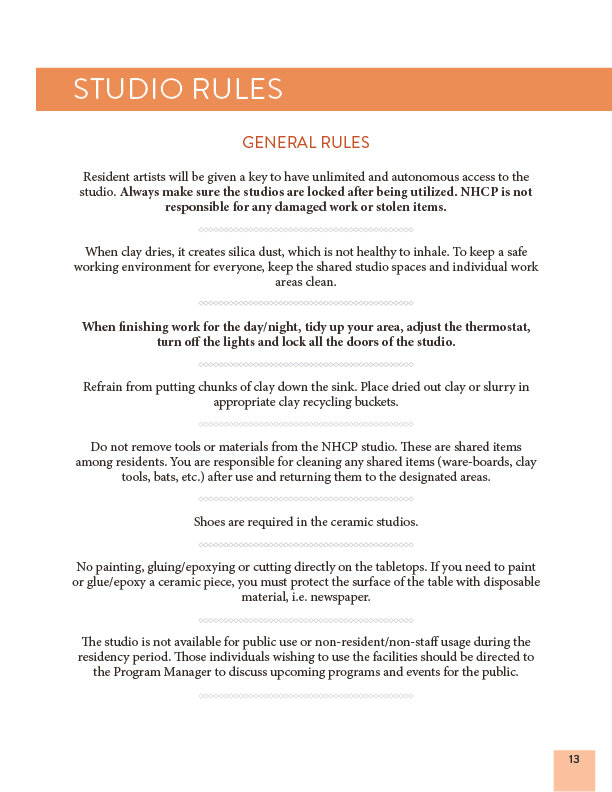
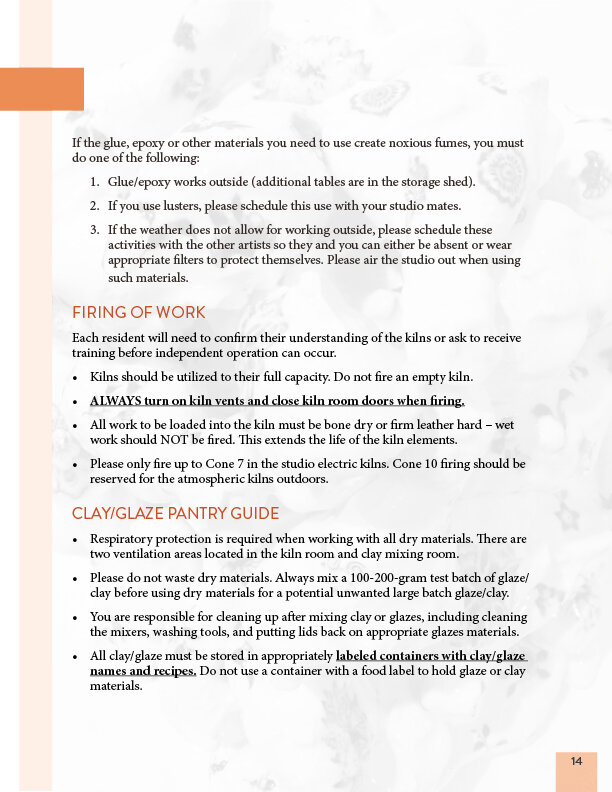
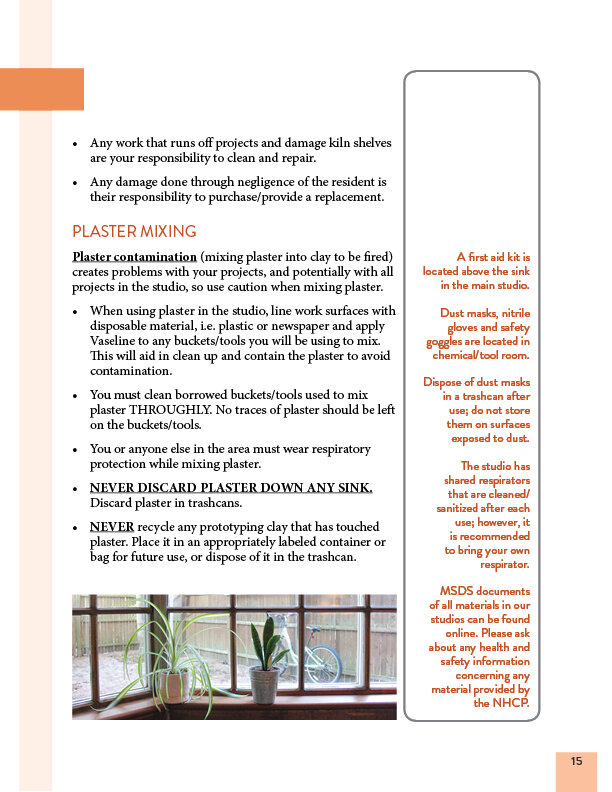
Many thanks to one of our photographers, Marc Chevalier, for his unique visual perspective of our facilities and the wonderful images scattered throughout our website.
housing
Our artist housing and studio space are kindly sponsored by the Robert Lee Blaffer Foundation at the Barret Gatehouse with optional housing available at the Mother Superior House. Built in 1814 on Church Street, the Gatehouse is the oldest historic Harmonist residence in New Harmony. It was moved to its current location on the corner of North and Main, restored and enlarged in 1960. The Gatehouse has one downstairs and three upstairs bedrooms and two full baths (one on each floor), which allows artists to have a private room, private or shared bathroom, and shared kitchen, patio, and living/study rooms. Artists enjoy their studio time only a block away in the Sarah Campbell Blaffer Ceramics studio, adjacent to Philip Johnson’s Roofless Church.
The Gatehouse is furnished with furniture, internet, bedding, towels, full kitchen (stove, oven, refrigerator), dinnerware and some kitchen cookware and utensils. There are no laundering facilities within the house, but the studio has a washer/dryer that the residents can utilize for personal use. Otherwise, there are no laundromats in New Harmony, but there are some available in Mt. Vernon, IN and Evansville, IN. No pets of any kind are allowed in the historic house. (Click images below to enlarge.)
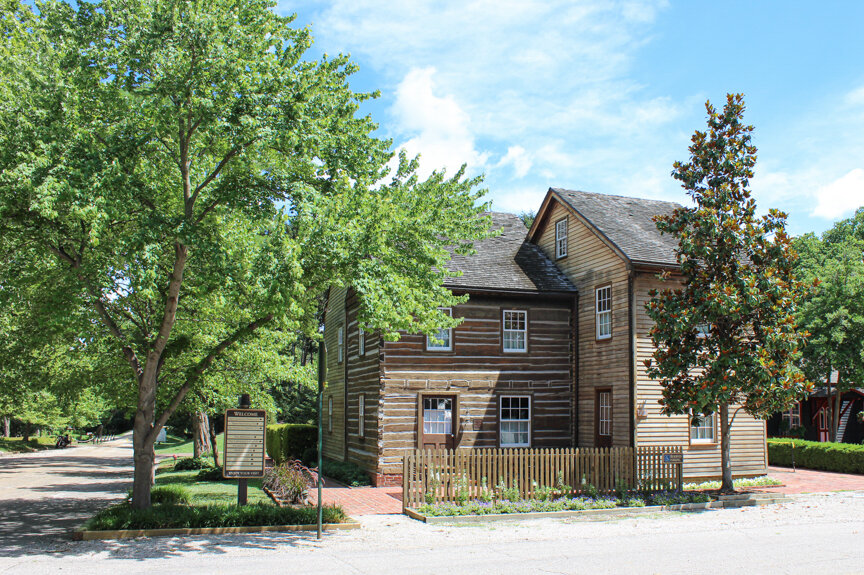
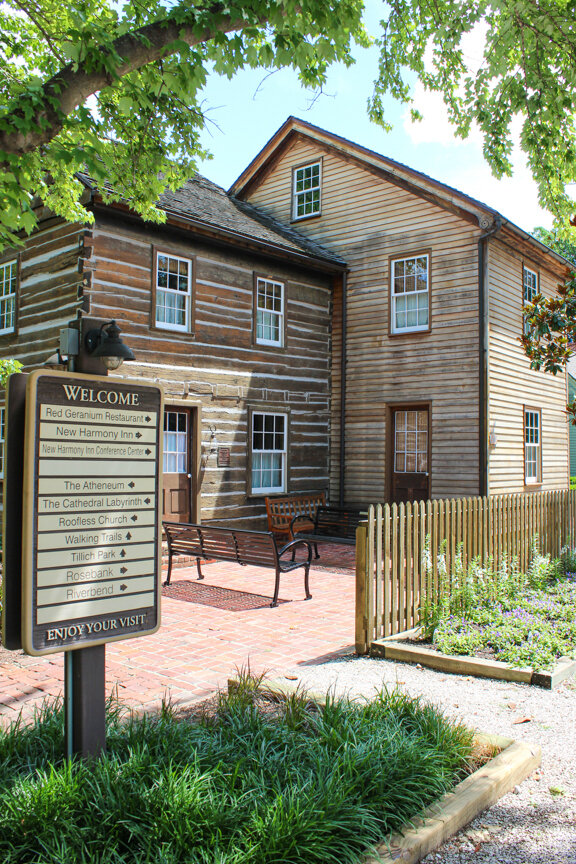
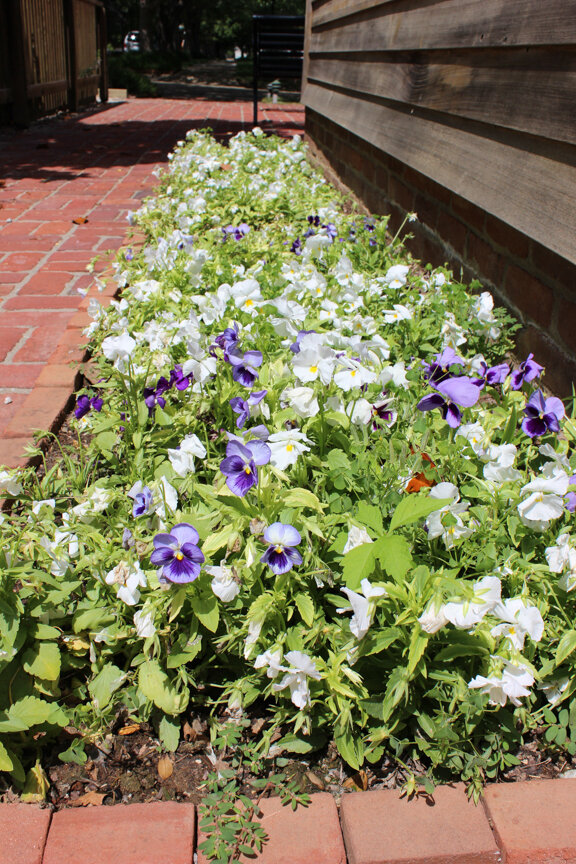
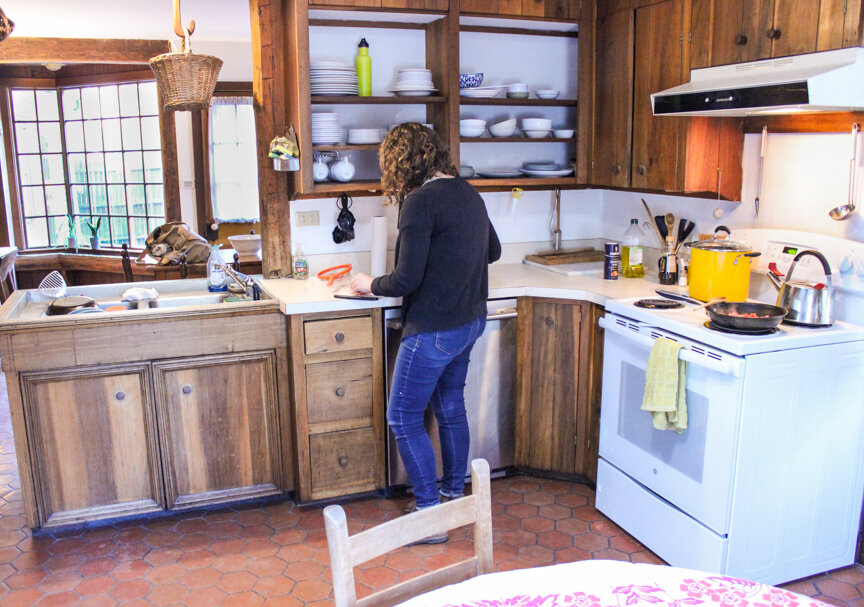
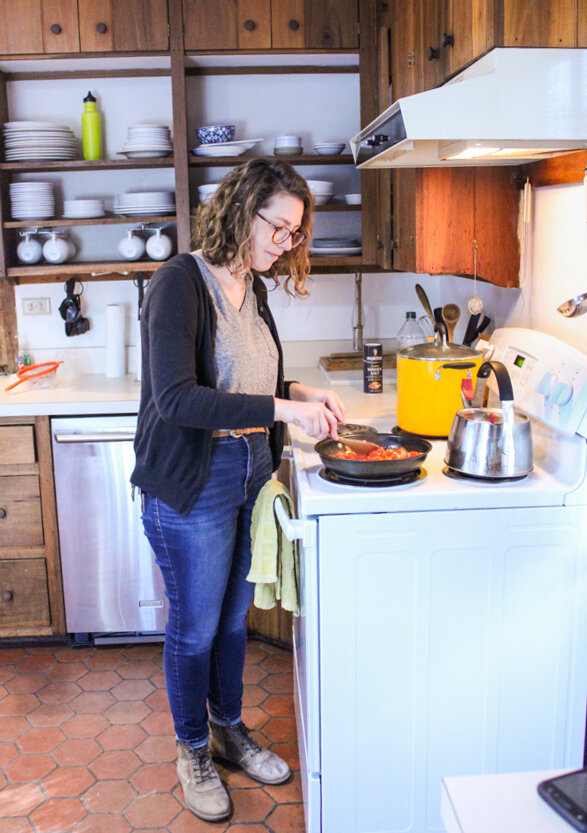
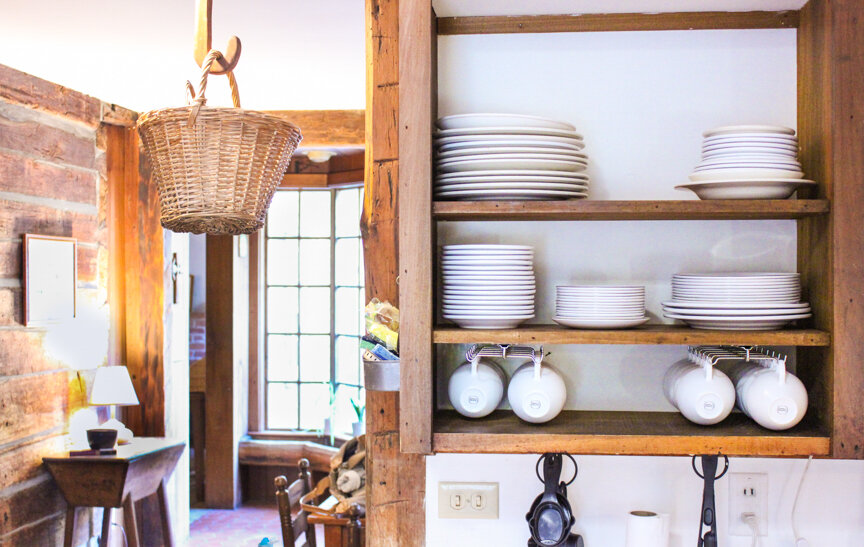
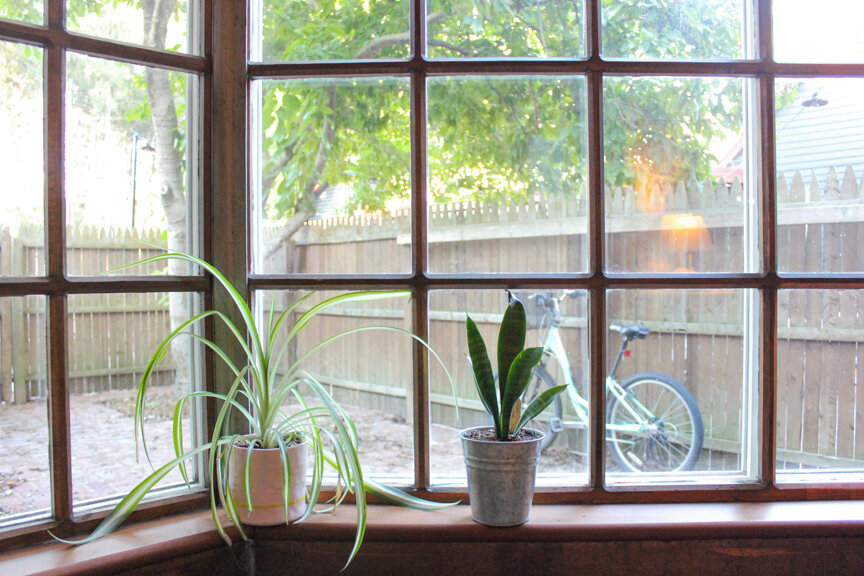
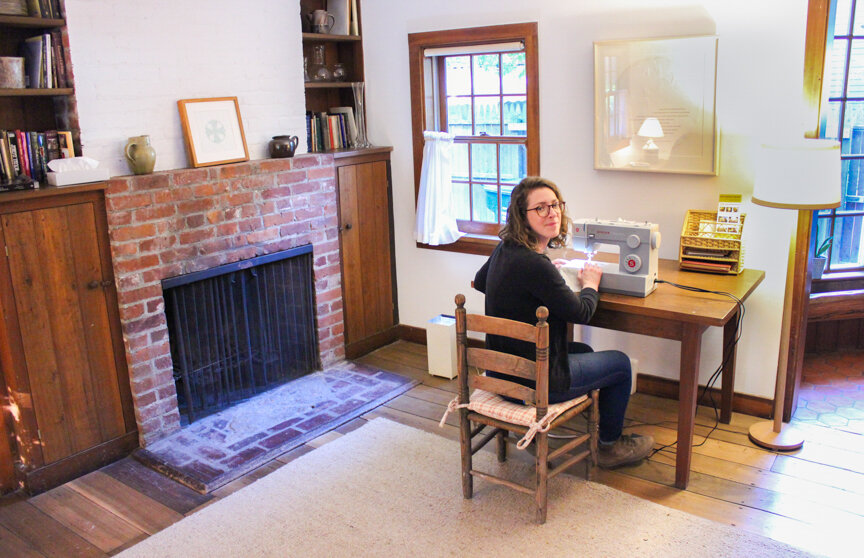
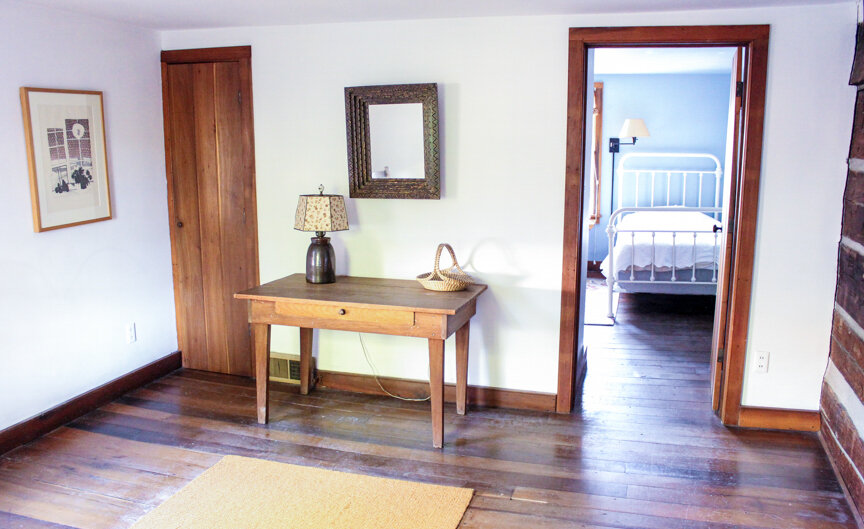
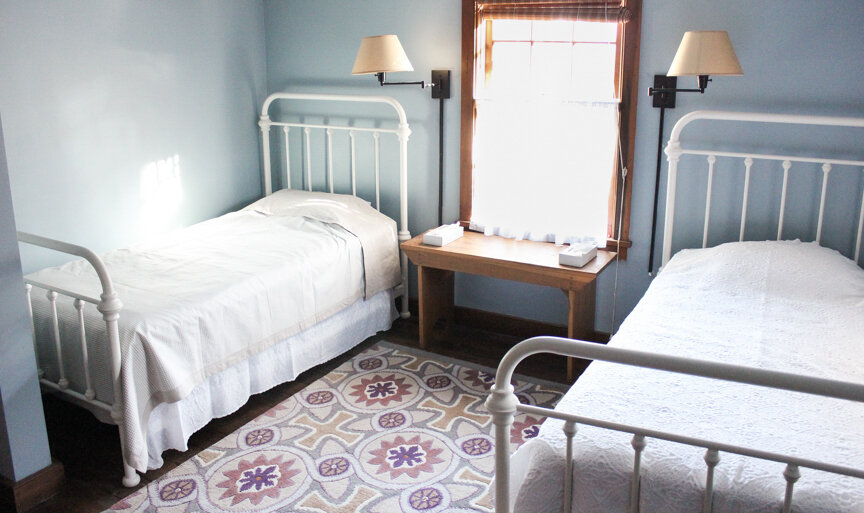
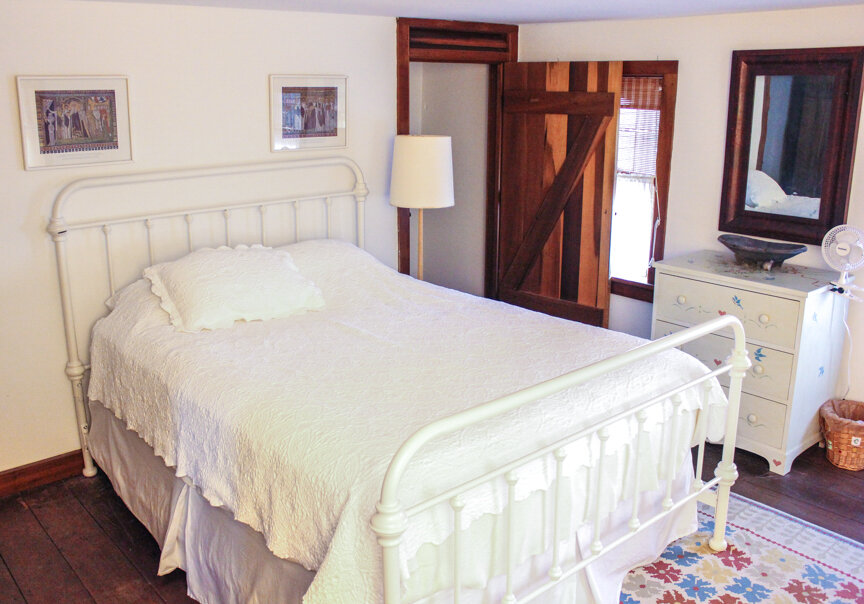
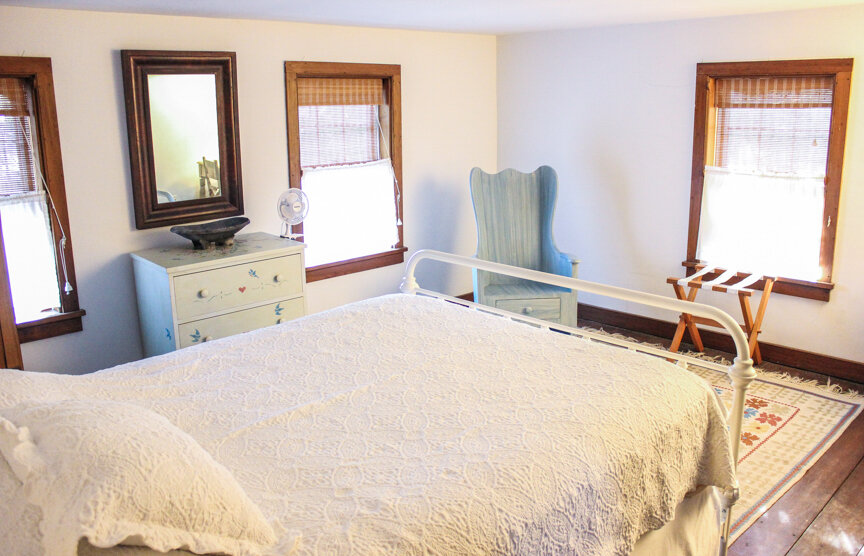
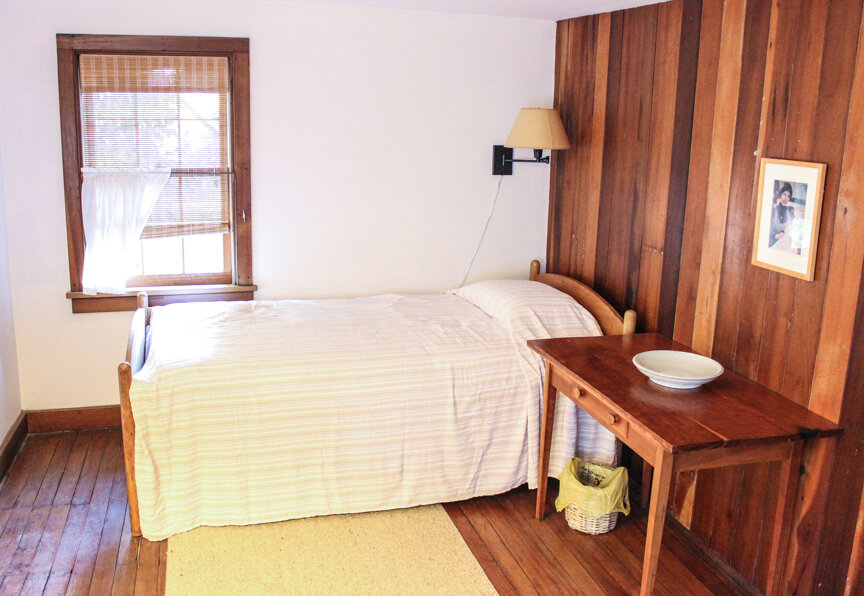
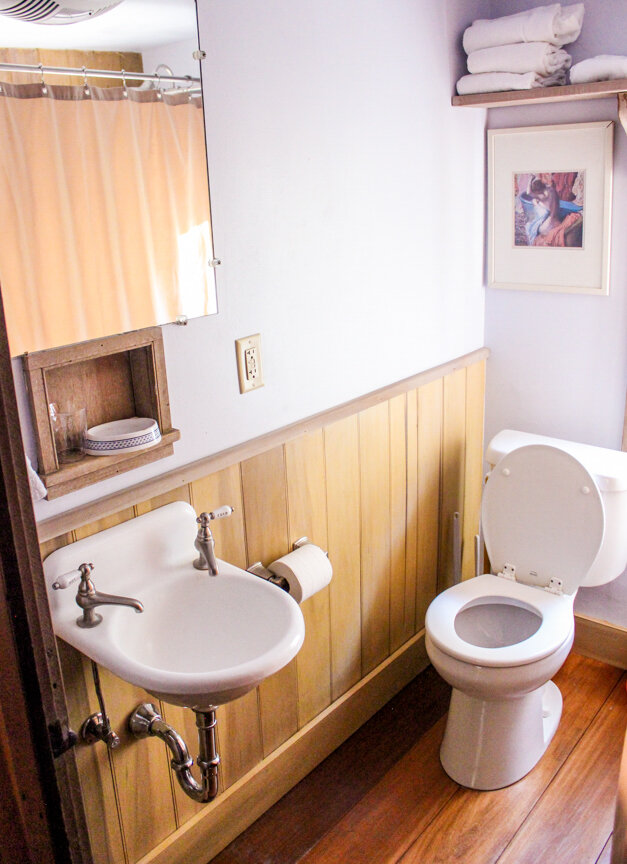
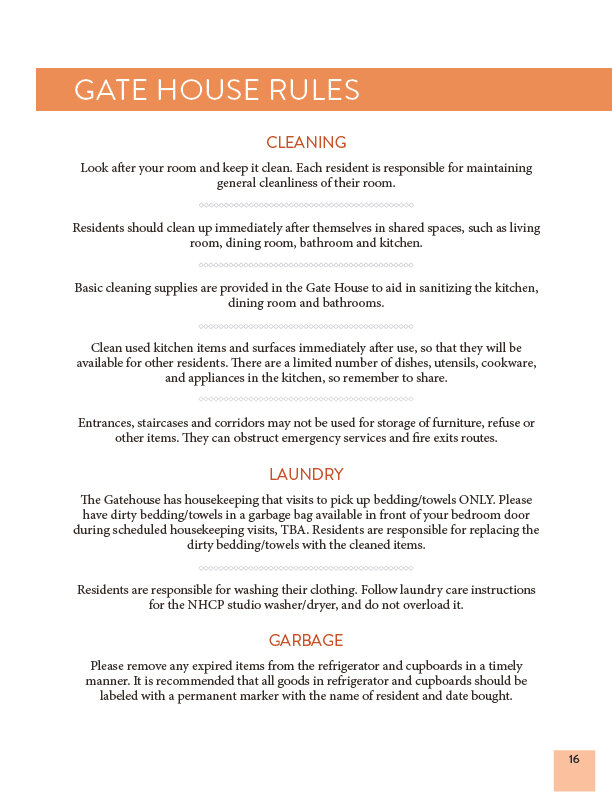
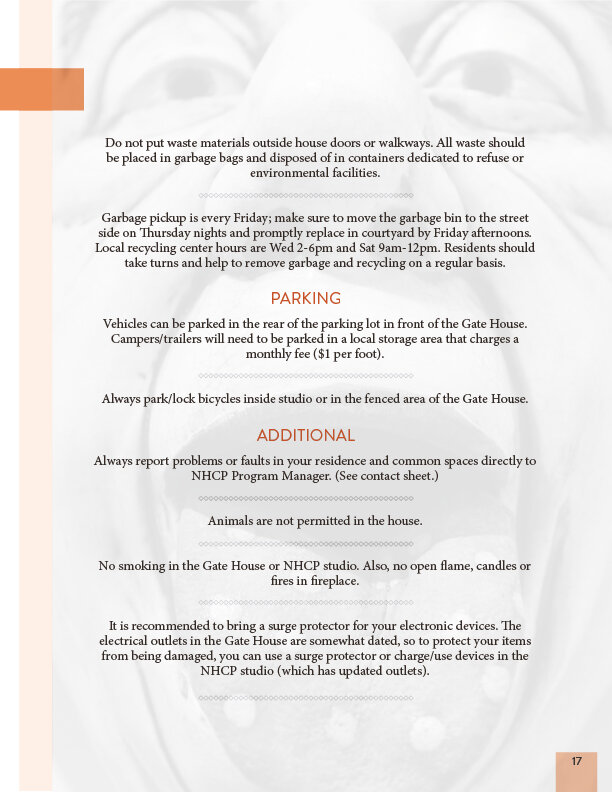
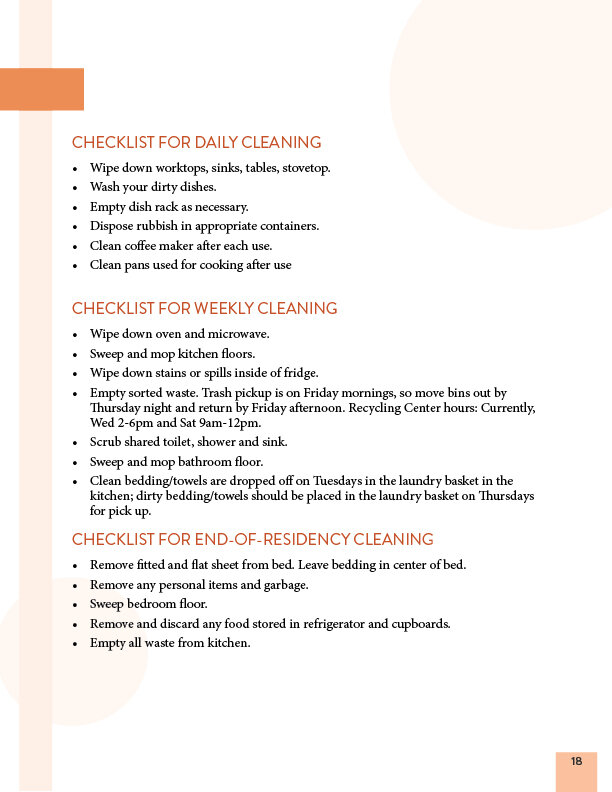
Eligibility Requirements
The residency is open to any age over 18. It is designed for emerging and professional artists in a critical stage of their career who would benefit from this concentrated time focusing on their work. Residents must hold at least a B.F.A. or a combination of a B.A./B.S. and several years of professional experience. Individuals will need to commit to working full-time hours in the studio for the selected time period of the residency.
This residency is a laboratory for artists to experiment; to collect and test ideas and make choices that will enable them to explore and "fail," as well as create new works. We firmly believe, from a philosophical position, that our studio and artistic experience does not compete with those clay artists/craftspeople who are working full time as studio artists. In other words, we don't want to have our program/artists put undue pressure on others who work without the support a residency provides; therefore, we emphasize and encourage exploration that will create new directions for the future.
Resident Responsibilities
Residents are required to be full-time artists while in residence, working at least 40 hours or more in the studio each week. In addition to this, the residents who select a period of time for more than 1 month are required to host a public community event during their time, whether a studio visit, workshop or artist lecture. Resident artists are required to leave work(s) behind for the permanent collection of the Robert Lee Blaffer Foundation. Works for the collection will selected in consultation with the staff and administrators of the NHCP. Additionally, artists should also be prepared to provide work for the annual NHCP Residency Exhibition which features a retrospective of all the work of the year’s residents.
Artists work independently, setting their own goals and studio hours for the residency. We encourage the artist to independently develop other regional opportunities (lectures, workshops, exhibitions) as long as it doesn’t distract from the residency. Our artists are truly committed to their studio research, and we want to create an environment of support, encouragement and creative energy. This is the core belief of our residency. We aim for a total-immersion experience. Therefore, we not only provide artists with an environment to execute their ideas, but the basic needs like reasonable tools and materials for creating their artwork, firings, housing, and a monthly stipend from which you can spend towards meals, transportation and other living expenses.
Costs
The are no direct costs for the NHCP residency; however, the cost of travel to and from the rural town of New Harmony, as well as transportation around the region, are the resident’s responsibility. For some perspective, the Evansville Regional Airport is 38 miles from New Harmony, about a 45 minute drive. Numerous car rental companies are available in Evansville area. In addition, residents are also responsible for their per diem. New Harmony has several restaurants within walking distance of the studio and housing. (For a complete list of local restaurants, see the listings on the Visit New Harmony website.) There are no full grocery stores in New Harmony; however there are small convenience stores that are walking/cycling distance from the studio. The closest full service markets are in Mt. Vernon, IN (15 miles) or Evansville, IN (26 miles).
Housing of the NHCP is provided and is furnished with furniture, internet, bedding, towels, basic kitchen appliances, dinnerware and some kitchen cookware and utensils. The studio is equipped with a compact washer and dryer that is for the exclusive use of resident artists. Basic pottery tool kits, carving tools, manual and power tools are available in the studio, but each artist is encouraged to bring a small selection of the tools relevant to their studio practice. Otherwise, we will work with each artist to see that you are provided with the basic needs for your creative work. (See Studio Equipment for more information on the studio set up.)
Selection and faqs
Residents are selected through a competitive process that includes applications from all around the globe. The selection of the residents is based on the quality of the work, clearly defined goals, and the timeliness/completeness of their application. (Click images below to enlarge.)




